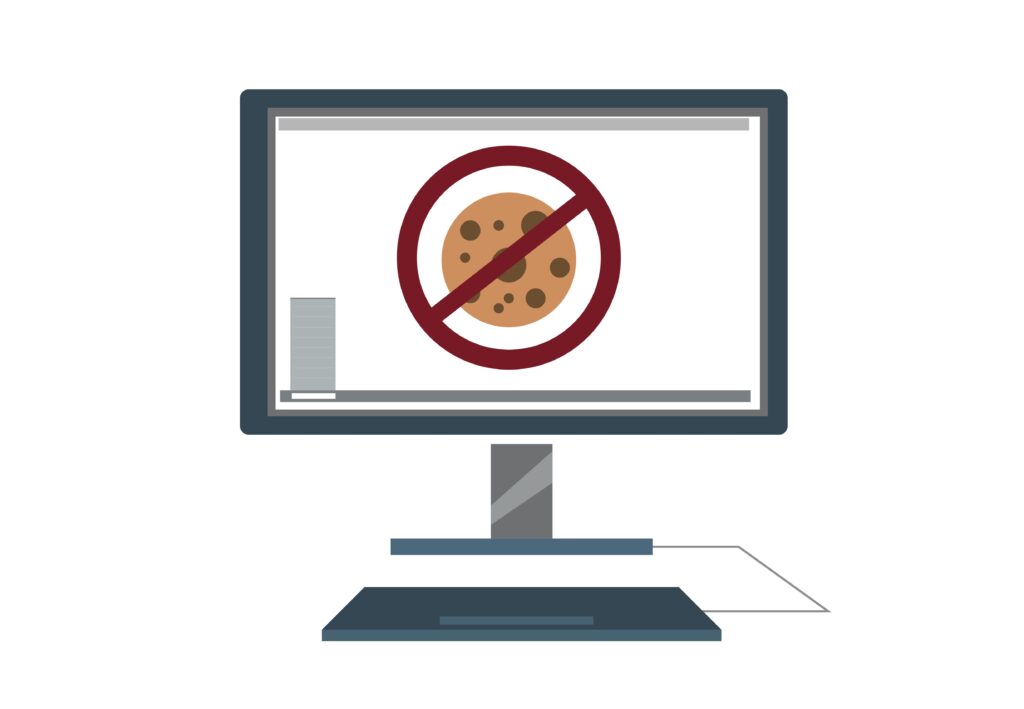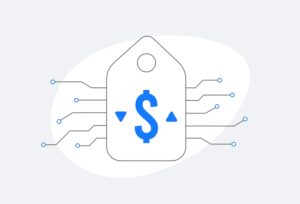
Most B2B marketers rely on third-party cookies for targeting and retargeting purposes. However, in 2024, we are finally going to see the depreciation of the cookie as the last major cookie user, Google Chrome, turns them off.
When the idea of cookie deprecation was first thrown out there nearly 7 years ago, it frightened many marketers, including me. But as time went on, Google Chrome kept cookies going and made it easy for B2B marketers to completely forget about cookie depreciation. Even though Apple sunset cookies several years ago, many people block cookies on their browsers, and there are alternatives, including first-party data and universal IDs, many B2B marketers are still relying on the cookie.
But that is all about to change, and we need be ready to not rely on cookies by the end of this calendar year. My thought is, “finally!” Why am I not freaking out about it? Because I’m prepared, and B2B marketers are actually in a great position to move away from cookies gracefully.
There are many effective and efficient ways marketers can create a unique brand experience for their target audience and reach them in personal ways without relying on cookies. It’s all about the balance between data, go-to-market strategy and system processes.
Here are five things B2B marketers can do right now to succeed in a cookieless world:
1. Look for Cookies
B2B marketers need to audit all of their marketing activity. Now is the time to review the current process and tools that currently rely on third-party cookies. Flag the ones that are most important to hitting marketing goals and tackle those first. Identify the vendors and partners that are part of those processes and go talk to them. Some vendors marketers work with already have a new solution in place, like LiveRamp’s Ramp ID or Tradedesk’s UID 2. Marketers should ensure their new strategy will not create any risk and start to test the alternatives. For any partners without a good cookieless solution, now is the time to start looking for alternatives, either using internal capabilities or other partners.
2. Review Data Strategy
First-party data can and should play a bigger role in marketing going forward. Marketers should review their data strategy and take particular care to understand how first-party data is collected and used. Marketers need to map out the information they collect, where they collect it, and whether the data in those systems is opted in or not.
First, it needs to be compliant with current regulations like CCPA and GDPR. It’s important to always be transparent in a privacy statement that follows best practices. Second, it needs to be updated and of good quality—missing information or duplicated data can make it harder to rely on.
Data also needs to be accessible. If it takes a week to be able to activate a campaign using the data, that’s a missed opportunity. Marketing tools must have ready access to first-party information to deliver customized, relevant and engaging messages to customers and prospects. Integration across platforms and teams is critical.
3. Be Customer-Centric
A cohesive data-driven marketing strategy revolves around real-time customer data and insights. Marketers should focus on the prospects and customers that matter for growth. It’s important to capture signals like what they’re researching, what channels they prefer, and what their cadence seems to be.
The good news is that a lot of business buyers have shifted their activity online, so a lot more is measurable, making it all the more important to collect the information and use it to drive more relevant marketing. Markets will do best by focusing on an organic and chatbot strategy to capture insight and engage effectively on the site. It’s important for marketers to tag content so that they can collect information about what people are consuming and then drive future experiences with that data.
With these insights captured, marketers can create experiences that drive improvements in conversion and value. The process isn’t about acquiring cheap leads and spamming them all with the same message. It’s all about building trust and relationships and learning from every interaction. Marketers should serve the market by refining and optimizing the experience on a continuous basis.
4. Consider Contextual Targeting
When cookie targeting was cheap and easy, say six or seven years ago, B2B marketers got in the habit of favoring that approach over all else. However, cookies are not cheap and easy anymore, and contextual targeting is getting a lot more effective—and just in time. Studies show that targeting ads based on the context of the content around it can be extremely effective.
Contextual targeting options are more expansive than ever before. B2B marketers can show up where their prospects are researching online—and a lot more people are researching a lot more online. What’s more, advancements like deep learning and AI make contextual targeting much more scalable beyond the obvious set of websites that a B2B marketer might have in mind.
5. Measure Accordingly
Changes in data and marketing tactics mean that measurement needs to change, too. Marketers need to think about the way they have KPIs and goals set out not only for specific channels that are most effective (like programmatic advertising) but also how it ripples across the entire marketing process. With more first-party data being collected, all marketing can get more precise and more relevant, which might reduce the need to acquire so many leads and increase the ability to upsell or close leads in the pipeline, for example.
With the right measurement in place, B2B marketers not only set themselves up to test and learn, but to create a positive cycle that reinforces what works best.
Prepare for a Cookie-less Future
B2B marketers are in the position to not only seamlessly transition away from cookies, but also explore new strategies that can ultimately lead to growth. We may see more progressive profiling or gated content gain popularity again as marketers try new tactics to gather data from prospects. Now is the time for marketing teams to sit down together and recognize new, less invasive ways to interact with their target customers.
Nikki Candito is VP of Integrated Marketing at Anteriad.




 Network
Network

